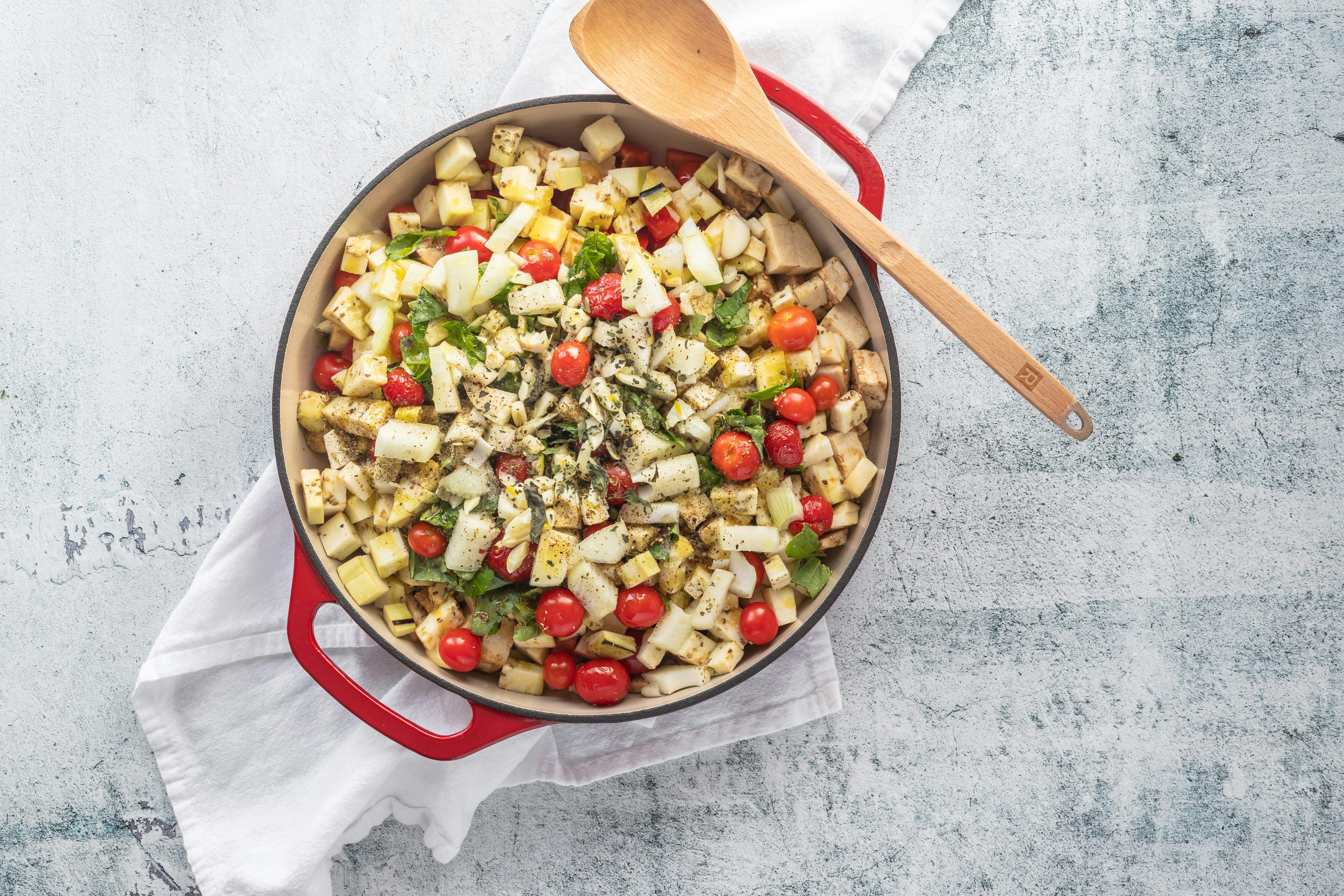
different types of faucet
admin
- 0
Bib-tap
Usually finished in brass but also available in chrome. It has a horizontal entrance. Brass taps with a threaded outlet for a hose connector are often used as garden taps. The inlet has a BSP male thread. The faucet often connects to a wall plate elbow for mechanical security.
sink-tap
Often chrome finish. It has vertical entry. A locknut is used to screw the faucet to a sink deck so that plumbing connections do not have to provide mechanical strength. A sink faucet needs to be tall enough to allow buckets to be filled, so before you buy, check that the height of the spout (the distance from the top of the sink to the bottom of the spout) plus the depth of the sink are sufficient. The inlet has a 1/2 in. BSP male thread. The usual pipe fitting is a faucet connector.
Sink mixer Mixers have separate hot and cold water inlets, but only one outlet. The spout outlets can be pushed to either side, to feed two sink bowls or to make it easier to get things in and out of the sink. The usual spout length is 7 inches, but 9-inch spouts are better for two-bowl sinks. Most kitchen sinks are fed with cold water directly from the mains and hot water through the cold water cistern. Water regulations do not allow stored hot water to mix with main cold water within a fixture, so sink mixers are often of the split or dual flow type. Non-split flow mixers can be used only when the hot and cold water supplies both come directly from the mains (i.e. when the hot water is heated by means of an instantaneous type water heater) or both come from the cistern of cold water (which is for an unlikely kitchen). Tap holes on sinks and inlets on sink mixers usually have a standard distance of 178mm. Inlets are 1/2 in. BSP male threads; other sizes indicate that the mixer is probably a continental type, which may not be suitable.
supatap
This is a type of faucet designed so that it can be flushed again without turning off the water. Various designs were available, but Supataps are most commonly found in kitchens as individual hot and cold water faucets. Now discontinued, but spare parts should still be available; you need to know the type of faucet you have.
Bathtub and sink faucet
Separate taps for hot and cold water. Many different patterns are available with different handle designs. The type of handle often determines the price of the faucet: the ordinary spider is usually the cheapest. Check before buying that the handle is easy to grip. If you want to be able to wash your hands under running water, make sure the spout is long enough to stick well over the rim of the bowl when installed. The tap has a vertical inlet with a 1/2 in. BSP male thread for basin taps; I am all for bathroom faucets. Other sizes indicate continental type faucets.
Bath and basin mixer It does not usually have a split or two-way spout, so it must be connected to hot and cold water supplies, either both coming directly from the mains or, more commonly, both coming from the cold water cistern. Attached is a tub/shower and diverter to switch flexible tube to go to shower, and diverter to switch water flow from spout to shower or vice versa (diverters can switch flow back to tub automatically when taps are closed). Faucet holes in bathrooms and inlets for bathroom mixers are typically a standard 7-in. apart. You may be able to purchase a mixer with adjustable inputs for non-standard distances. A lavatory mixer is sometimes referred to as a 4-inch mixer because the inlets are a standard 4-inch apart. The taps have vertical inlets with male BSP thread – 1/2 in for basin mixer; 3/4 in for bath mixer. Other sizes indicate continental type mixers.
three hole basin mixer
The hot and cold water faucets and faucet spout each fit into separate holes in the sink. The connections between the spout and the valves are usually flexible to accommodate different hole distances. A three-hole mixer with rigid connections typically has the spouts 8 inches apart with the spout centered between them. A mixer that has taps 8 inches apart can sometimes be called an 8-inch mixer, but the connections are not necessarily rigid. It usually does not have a split-flow or double-flow peak. The mixer usually comes with a pop-up drain. Faucets have vertical inlets with 1/2 in. BSP threads.
one hole mixer
Mainly available for sinks and bidets. Fits into a standard single tap hole. The dispenser is usually stationary and is not a split-flow or dual-flow type. The inlets are usually 10mm plain end copper and adapter fittings are needed to join them to the usual 15mm pipe supplies. The water pressure from tanker-fed supplies may not be high enough to provide adequate flow. (Often these are continental type faucets intended for use in high pressure direct plumbing systems.)
bidet set
Through-rim supply bidets with spray use a complicated faucet arrangement. The valves for the hot and cold water taps and the body of the mixer fit into separate holes in the frame of the bidet. The body of the mixer has a diverter to direct the water to the edge of the bidet or, through a flexible tube, to the sprayer at the base of the bidet. The mixer usually has flexible connections and a pop-up drain. A through-rim supply bidet must comply with particular regulations. An over the rim bidet can be fitted with single or single-lever faucets.
plastic mats
Cheaper than normal chrome-plated brass faucets; manufacturers also claim they are cooler to the touch. Some brands come in a range of colors to match the toilets. With most brands, only a restricted range of types is available. Plastic faucets need special care when placing them. No joint paste or solder should be used near them; even fumes from soldering fluxes can damage plastic. The threads can come off easily; be careful when screwing metal nuts onto them.
lever faucets
Instead of a faucet handle, which must be turned several times from fully open to fully closed, the lever must be turned just a quarter of a circle to turn the faucet from fully open to fully closed. Sink mixers come with one lever that works in a clockwise direction and the other in a counter-clockwise direction. To get this arrangement with separate faucets, a pair must be ordered. It’s not often used in homes, but it could be useful in a kitchen or for older people. Some authorities may not allow their use as they can lead to water hammer.
ceramic disc mats
This last type of faucet also requires only a quarter turn to open, which can be levers on kitchen mixers, for example, or more conventional handles on other types of faucets. Unlike an ordinary faucet in which a washer is lifted from a poop, a ceramic disc faucet works by rotating a circular disc so that its grooves line up (or don’t line up) with the grooves of a second, fixed disc. It is claimed that the discs do not need to be washed again, but the clamping mechanism in a few turns can fail.
tap conversion kits
Faucet conversion kits make old faucets, with ordinary spider handles, look newer with covered handles. If your old faucets are leaking due to a worn washer, a faucet conversion kit will fix this, but replacing the washer would be much cheaper and no extra work involved. The most common type replaces the entire spindle assembly.

